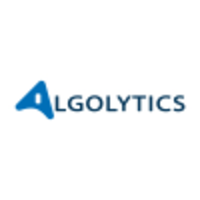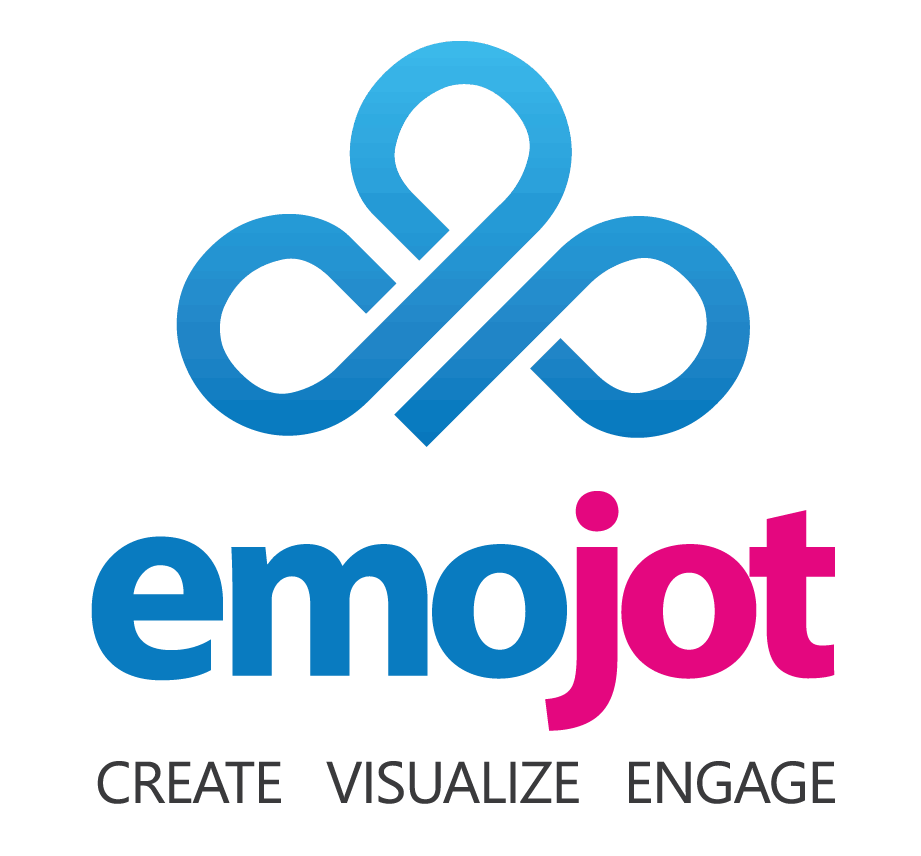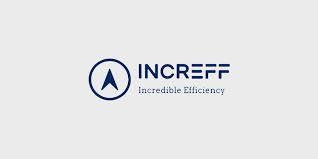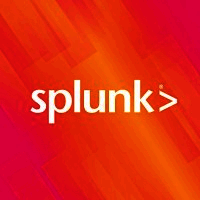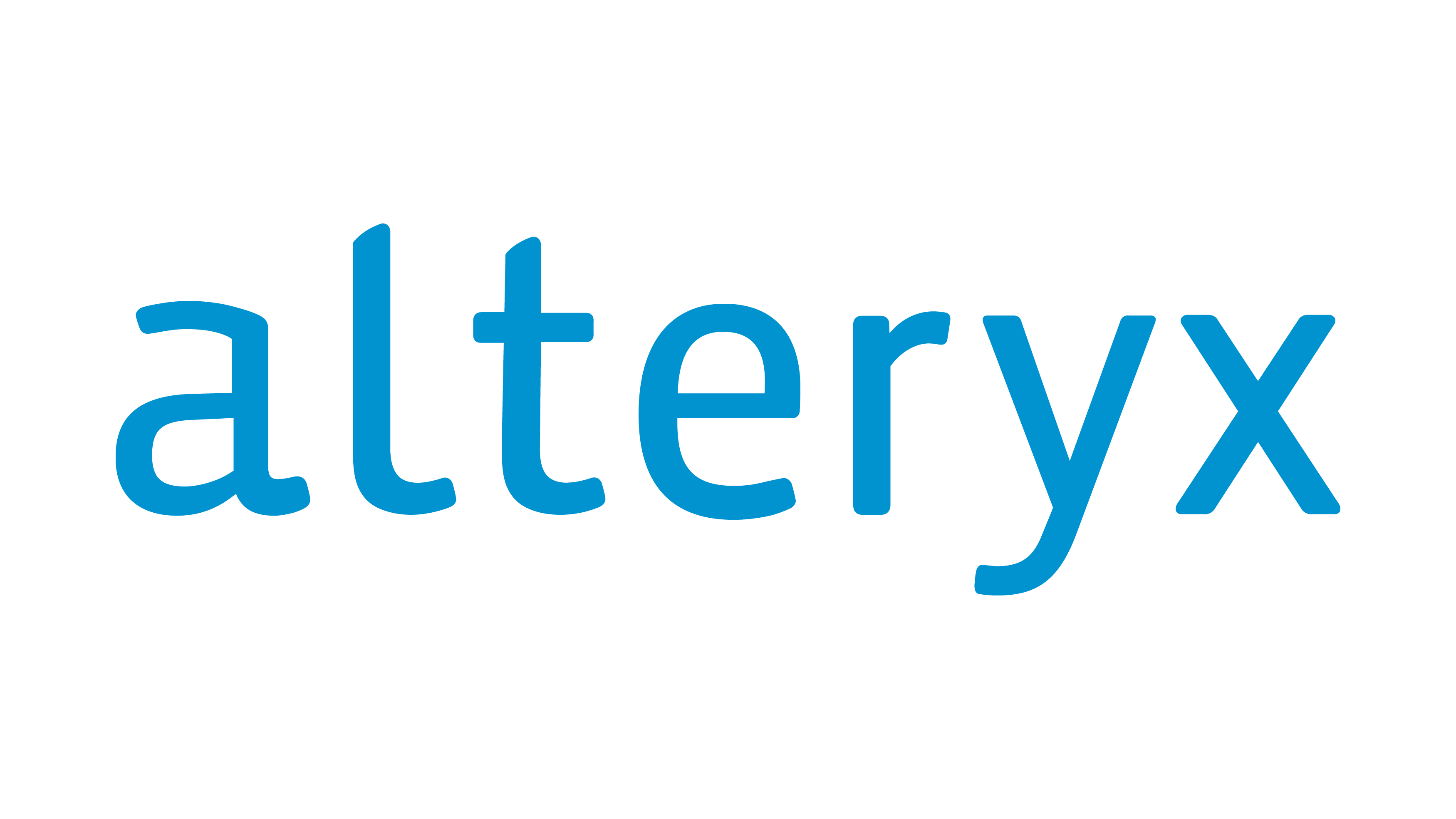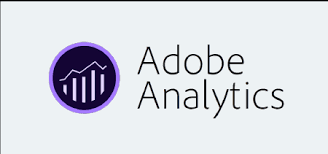What Is Predictive Analytics Software?
Predictive Analytics Software is a powerful tool that helps businesses and organizations make educated decisions by evaluating historical and current data trends to forecast future results. It employs complex statistical models and machine learning algorithms to detect trends and patterns and forecast future occurrences, allowing businesses to make data-driven decisions and optimise their strategy for better results.
This program can be utilized in a wide range of businesses, including finance, healthcare, retail, and marketing. It is frequently used to estimate sales, optimise marketing efforts, detect potential hazards and opportunities, and improve overall operational efficiency. One of the most important advantages of predictive analytics software is its ability to present complex data in simple formats such as graphs, charts, and dashboards.
This enables users to easily spot patterns and trends, as well as make data-driven decisions. Another essential feature of this program is its capacity to provide accurate predictions from both historical and real-time data. By integrating historical data, the program may provide insights into past performance and forecast future outcomes, assisting firms in staying ahead of the competition.
Furthermore, predictive analytics software provides a variety of tools and techniques for analyzing data and forecasting, including regression analysis, time series analysis, and decision trees. These innovative technologies help organizations comprehend and use their data to make better decisions.
What Are The Recent Trends In Predictive Analytics Software?
Predictive analytics software has grown in popularity over the years, and the trend shows no signs of slowing. The potential for predictive analytics is only expanding as technology advances and data becomes more widely available. One recent trend in predictive analytics software is the introduction of artificial intelligence (AI) and machine learning (ML) capabilities.
These techniques enable the software to continuously learn and adapt, making forecasts more accurate and dependable. This can tremendously help organizations by allowing them to make better, more educated decisions based on real-time data. Another development in predictive analytics software is the growing use of data visualization. This permits complex data sets to be presented in a visually appealing and understandable fashion, making them more accessible to decision-makers.
Furthermore, this tendency is introducing the software to a broader audience, not only those with technical knowledge. Predictive analytics is increasingly being used in a variety of areas, including healthcare, retail, and finance. As industries become increasingly data-driven, there is an increasing demand for predictive analytics to help make sense of the massive amounts of data accessible.
This has resulted in the development of industry-specific predictive analytics solutions that address each sector's distinct needs and concerns. Furthermore, cloud-based predictive analytics software is becoming more prevalent. This provides quick access to the software from any location while eliminating the need for costly hardware and upkeep. Furthermore, the cloud allows customers to scale their predictive analytics capabilities as their business requirements evolve.
Finally, integrating predictive analytics with other business systems is a recent and growing trend. This enables the seamless flow of data between various systems, resulting in more accurate and efficient forecasts. It also allows firms to apply predictive analytics in real time, which can significantly influence decision-making and entire corporate strategy.
Benefits Of Using Predictive Analytics Software
Predictive analytics software is an effective tool for companies looking to obtain a competitive advantage in today's fast-paced business environment. It enables businesses to make evidence-based decisions and gain useful insights from their data.
Here are some of the main advantages of implementing predictive analytics software in your organization.
1. Real-Time Insights: One of the most significant advantages of predictive analytics software is its ability to give real-time information. Traditional analytics methods frequently examine data after it has been collected, making rapid decision-making challenging. However, predictive analytics software analyzes data in real time using powerful algorithms and machine learning, allowing firms to stay ahead of market trends and make proactive decisions.
2. Improved Decision-Making: Predictive analytics software transforms massive amounts of data into useful insights. This enables firms to make more educated decisions based on data-driven projections rather than gut impulses. As a result, decision-makers can make more informed and strategic decisions, resulting in improved corporate outcomes.
3. Cost Savings: Predictive analytics software may help firms anticipate possible dangers and opportunities, allowing them to make required changes and prevent costly mistakes. It also helps to streamline operations and optimize resources, lowering costs and increasing overall efficiency for the firm.
4. Competitive Edge: In today's highly competitive market, organizations who can make swift and informed judgments have a considerable advantage. Predictive analytics software helps businesses stay ahead of the competition by spotting patterns and trends, forecasting customer behavior, and keeping up with market developments.
5. Personalization And Customization: Predictive analytics software can assist firms in better understanding their target audience by evaluating their behavior, preferences, and needs. This enables businesses to adjust their products, services, and marketing tactics to fit the unique demands of their clients, resulting in enhanced customer satisfaction and loyalty.
6. Forecasting And Planning: Predictive analytics software enables firms to generate accurate predictions about future trends, market conditions, and customer behavior. This data can be utilized to create effective long-term strategies, establish realistic targets, and improve financial forecasting.
7. Identifying New Opportunities: Predictive analytics software can detect hidden opportunities that standard analysis methods may overlook. By analyzing massive amounts of data, it can reveal patterns and correlations that organizations might use to discover new markets, niches, or products.
Important Factors To Consider While Purchasing Predictive Analytics Software?
When selecting Predictive Analytics Software, there are numerous key elements to consider that can significantly impact the performance and ROI of your investment.
Here are some crucial factors to consider before making a purchase decision:
1. Business Goals: First and foremost, you must understand your company's goals and objectives. This will assist you in determining the precise features and functionalities you require in a Predictive Analytics Software. Consider your organization's size, industry, and the data you wish to evaluate.
2. Data Integration: In order to make correct predictions, the program must be able to integrate and evaluate data from several sources. Make sure the program can interface with your current systems and data sources. It is also critical to verify the volume and type of data that the software supports.
3. Scalability: As your business expands, so will your data. As a result, it's critical to find Predictive Analytics Software that can manage big amounts of data and scale as your organization grows. This will ensure that your investment is both relevant and effective in the long run.
4. Ease Of Use: Look for software that is easy to use and does not require substantial technical knowledge. This will save time and resources in educating your team while also allowing for smooth software adoption throughout your firm.
5. Accuracy And Speed: Predictive Analytics Software is only as effective as its capacity to provide accurate and timely predictions. Look for software with a track record of successfully forecasting outcomes and the ability to give results in real or near real time.
6. Customization: Each organization has its own set of needs and processes, and your Predictive Analytics Software should be able to meet those requirements. Look for software that may be easily customized and tailored to your specific business needs.
7. Support And Training: Before making a purchase, learn about the amount of support and training offered by the software supplier. A robust support system can have a significant impact on the success of your deployment and allow you to fully leverage the software's features.
8. Integration With AI And Machine Learning: As AI and Machine Learning become more essential in data analysis and predictive modeling, look for software that includes AI capabilities or can integrate with AI and Machine Learning tools.
By taking these crucial variables into account, you can ensure that your Predictive Analytics Software matches your organization's specific requirements and provides accurate, timely predictions that can drive corporate growth and success.
What Are The Key Features To Look For In Predictive Analytics Software?
When looking for Predictive Analytics Software, there are a few crucial things to examine to guarantee you're making the best investment for your company.
These features will not only help you satisfy your immediate needs, but also lay the groundwork for future growth and success.
1. Data Integration: One of the most important characteristics of any Predictive Analytics Software is its capacity to integrate data from multiple sources. This comprises both structured and unstructured data, such as customer information, sales data, social media data, and more. This enables a more complete and accurate study, yielding useful insights and projections for your company.
2. Machine Learning Skills: A strong predictive analytics software should include powerful machine learning skills. This entails employing algorithms to examine data and automatically detect patterns and trends, resulting in more accurate forecasts over time. This can considerably improve the accuracy of your projections and allow you to make more educated business decisions.
3. Visualization And Reporting: Another key aspect to look for in Predictive Analytics Software is the capacity to display and convey data. This can be accomplished through interactive dashboards, charts, and graphs that facilitate the interpretation and understanding of complex data. A software with strong reporting capabilities can also generate personalized reports for sharing insights with stakeholders and driving decisive decisions.
4. Scalability And Flexibility: As your firm expands, so will your data and analytics requirements. That is why it is critical to select Predictive Analytics Software that is both scalable and adaptable to your company's changing needs. This includes the ability to manage massive datasets, integrate new data sources, and scale to accommodate growing traffic and users.
5. Automated Processes: Another important factor to examine is the software's automation capabilities. This involves automating the data cleaning, data preparation, feature selection, and model building procedures, which saves time and effort. It also assures that your analysis is constantly precise and reliable, eliminating the possibility of human error.
6. Model Management: A dependable Predictive Analytics Software should have a strong model management mechanism in place. This includes the ability to monitor and track model performance, retrain models when necessary, and deploy new models seamlessly. This ensures that your prediction models continue to improve and produce correct results.
7. Security: Data security is an essential component of any software, particularly when dealing with sensitive company information. Look for Predictive Analytics Software that has secure data storage, access controls, and encryption mechanisms to keep your data safe from cyber attacks.
Why Do Businesses Need Predictive Analytics Software?
In today's competitive business environment, organizations are continuously looking for ways to get an advantage over their competitors. Here's when predictive analytics software comes in handy. It is a vital tool that enables firms to analyze their historical performance while also making precise forecasts about future results. Predictive analytics software analyzes past data using statistical algorithms and machine learning approaches to estimate future events.
It gives businesses with insights and projections that allow them to make more informed decisions, find opportunities, and reduce risks. One of the primary reasons firms require predictive analytics software is to better their decision-making processes. Businesses can use advanced analytics and forecasting to make data-driven decisions instead of depending on gut sense.This leads to more precise and efficient decision-making, which results in better business outcomes.
Another key feature of predictive analytics software is its capacity to recognize patterns and trends in data that humans may not be able to spot on their own. This enables firms to better understand their customers, market trends, and future risks and opportunities. Predictive analytics software can also assist organizations streamline their operations and increase their profits.
Businesses that use data to estimate demand may ensure that they have the proper inventory levels, reduce waste, and streamline their supply chain. Aside from these advantages, predictive analytics software enables organizations to personalize their marketing efforts, optimize pricing methods, and increase client retention. It gives companies a competitive advantage since it allows them to anticipate and successfully address the wants of their customers.
How Much Time Is Required To Implement Predictive Analytics Software?
The time required to implement predictive analytics software varies based on a number of factors, including the software's complexity, the size of the business, and the level of customization needed. On average, complete implementation can take between six weeks and six months. During the early phases, it is critical to undertake a thorough study of the business requirements, data sources, and intended results.
This typically takes 2-3 weeks and lays the groundwork for the remainder of the implementation phase. Next, the data integration and cleaning phase can take 2-4 weeks because it requires collecting and organizing all relevant data in a uniform format for the predictive models to be based on. This stage is critical since the accuracy and usefulness of the program are strongly reliant on the quality and volume of data.
Once the data has been prepared, it takes approximately 4-8 weeks to develop the prediction models. This entails developing and testing models that can identify patterns in data and make predictions. This stage may also include adjusting and fine-tuning the models to improve performance. After the models are created, they must be integrated into the existing business processes, which can take 2-4 weeks.
This step entails training and educating personnel on how to utilize the software and integrating it into daily operations. It should be noted that unexpected hurdles or delays, such as data quality issues or technical difficulties, can have an impact on the implementation timetable. However, with good planning and collaboration with the software vendor, the implementation process can be simplified and completed more efficiently.
What Is The Level Of Customization Available In Predictive Analytics Software?
Predictive analytics software is an effective tool for analyzing past data and making accurate forecasts about future occurrences or trends. As businesses rely more on data-driven decision-making, the demand for effective predictive analytics software has increased. One of the most important elements to consider when comparing predictive analytics software alternatives is the level of customization offered.
Customization enables customers to modify the software to their individual needs and requirements, increasing its effectiveness and relevance for their organization. So, what level of customisation is allowed in predictive analytics software? The answer is: it varies. Some vendors may provide a one-size-fits-all solution with few customization possibilities, but others allow for extensive customization to meet the specific demands of each firm.
At the low end of the customization range, some predictive analytics software may just include basic customization features like data filters and the ability to build bespoke reports. While this may be adequate for smaller organizations or those with simple requirements, it may be insufficient for larger enterprises that demand more complicated and personalized solutions.
On the other hand, at the upper end of the range, some suppliers offer highly customizable software that enables users to create their own models and algorithms or interact with external systems. This level of customization is excellent for enterprises with unique data sets or those need advanced forecasting skills. In between these two extremes, there exist software choices with a moderate level of customisation, allowing for a balance of versatility and simplicity.
These solutions may include configurable templates and pre-built models that may be quickly modified to meet the specific demands of a firm. When assessing the extent of customization in predictive analytics software, purchasers should also evaluate simplicity of use. Highly customized software may necessitate a team of data scientists or specialized training to properly exploit its possibilities, whereas more user-friendly solutions may have fewer modification choices.
Which Industries Can Benefit The Most From Predictive Analytics Software?
Predictive analytics software is an effective tool for helping firms make informed decisions by evaluating patterns and trends in their data. While this technology can benefit any sector.
There are specific industries that can benefit the most from incorporating predictive analytics software into their operations.
1. Marketing & Advertising: The marketing and advertising industries rely largely on data to comprehend client behavior and make strategic decisions. Predictive analytics software may help predict client preferences, find possible new markets, and optimize advertising efforts, making it an essential tool in this fast-paced sector.
2. Finance & Banking: The financial business deals with a massive quantity of data on a daily basis, thus predictive analytics software is a need. This technology enables professionals in this industry to better manage risk, detect fraudulent activity, and predict market trends. This can result in cost savings, more client happiness, and increased income.
3. Healthcare: The healthcare business is continually evolving and faces a variety of issues, including rising prices and patient satisfaction. Predictive analytics software can assist healthcare providers in identifying patterns in patient data, predicting future health hazards, and optimizing scheduling for greater efficiency. This can result in better patient outcomes and lower costs for both providers and patients.
4. Retail & E-commerce: Understanding consumer behavior and identifying trends are critical to success in the retail and e-commerce industries. Businesses can use predictive analytics software to make more educated decisions about inventory management, pricing tactics, and targeted marketing campaigns. This can lead to higher sales and customer retention.
5. Manufacturing: In the manufacturing industry, predictive analytics software can help detect equipment breakdowns, improve supply chain management, and optimize production schedules. This can result in reduced downtime, increased efficiency, and cost savings.
Conclusion
In conclusion, purchasing predictive analytics software can tremendously benefit your organization by giving vital insights and assisting with decision making. Before choosing a program, you should evaluate your individual requirements and budget, as well as compare the features, functionality, and support provided by various vendors.
In addition, extensively research and test the software to ensure that it fits your expectations and corresponds with your business objectives. With the appropriate predictive analytics software, you may acquire a competitive advantage and propel your firm forward.

